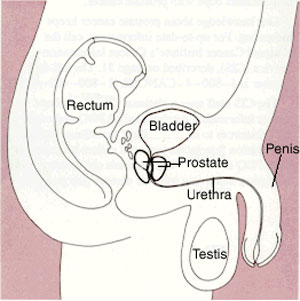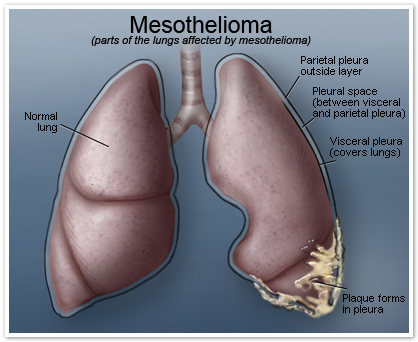Where do your cancer research dollars go?
PHOTOGRAPHER: GLENN LOWSON /
Dr. Mick Bhatia is an international leader in cancer stem-cell research based in Hamilton.
“The mission that we have is to eventually create a world where Canadians don't have to fear cancer and in order to not fear cancer, we have to be able to understand it,” says Luba Slatkovska, senior manager of research at the Canadian Cancer Society. “The only way to understand cancer is to research.”To shine a light on the life-saving and life-enhancing potential of cancer research, the Canadian Cancer Society has selected the top 10 cancer research highlights of 2012.These discoveries help reduce cancer rates, reduce mortality, and improve the quality of life for those diagnosed with cancer.These 10 exciting findings were chosen from 730 research projects supported by the Canadian Cancer Society in 2012.
1. Decoding a deadly form of breast cancer will lead to more personalized treatmentsAn international team of scientists led by Dr. Sam Aparicio in Vancouver decoded, for the first time, the genetic makeup of triple-negative breast cancer. This breakthrough could help change the way this difficult-to-treat disease is diagnosed and may be the foundation for the next generation of treatments.
2. MAGIC team finds new ways to treat malignant childhood brain cancerDr. Michael Taylor in Toronto was part of the international MAGIC team of experts – short for Medulloblastoma Advanced Genomics International Consortium – that found several genetic abnormalities that led to the development of medulloblastoma, a malignant brain tumour. The researchers identified many genetic targets for more effective treatments.
3. Improving survival for patients with rare form of pancreatic cancerSurvival rates for pancreatic cancer patients are often poor, but one study's findings may help change that. The study suggests that patients with periampullary adenocarcinoma, a rare form of the disease, live longer if they have both surgery and chemotherapy.
4. Trial finds Hodgkin’s lymphoma patients live longer with chemotherapy aloneLimited-stage Hodgkin’s lymphoma patients may live longer when treated with standard chemotherapy compared to those also treated with radiation, according to a trial. This means patients could be effectively treated without the long-term side effects of radiation.
5. Barriers delay referral to palliative careA study led by Dr. Camilla Zimmermann in Toronto focused on palliative care in Canada. It found that cancer patients are often only referred to palliative care in their last months or days. The study found that early referral can help care teams relieve symptoms and distress, while helping improve the quality of life for cancer patients and their loved ones.
6. Natural sea sponge product prevents cancer-induced muscle wastingA research team in Montreal discovered that a natural product from sea sponges helped prevent muscle wasting in mice. The product, pateamine A, can also stop muscle wasting once it has already started. These findings could lead to potential treatments for cancer patients suffering from muscle wasting caused by tumours.
7. Study shows drug destroys human cancer stem cells but spares healthy onesDr. Mick Bhatia, an international leader in cancer stem-cell research based in Hamilton, discovered that thioridazine, an antipsychotic drug, kills the cancer stem cells responsible for initiating leukemias without harming normal stem cells.
8. Developing smarter treatments for rare young adult cancerA research team in Vancouver discovered how the genetic mutation responsible for the growth of synovial sarcoma – a rare and often fatal form of cancer most commonly occurring in the limbs of young adults – interacts with proteins in the cell to cause cancer. They found that drugs used to suppress these proteins can also kill tumour cells.
9. Vitamin D controls proteins to stop cancer development and growthDr. John White and his research group in Montreal studied the c-Myc protein, which is heightened in at least 50 per cent of cancers. They found that vitamin D can block c-Myc in human cells, in several ways.
10. Drug shows promise in fighting acute myeloid leukemiaA team of researchers in Toronto tested several drugs approved for other conditions in hopes of finding some that could target acute myeloid leukemia (AML) cells. They found that Mefloquine, an antimalarial agent, caused the AML cells to burst.
By : Linda Andriani


 Print
Print Email
Email Share
Share Tweet
Tweet



